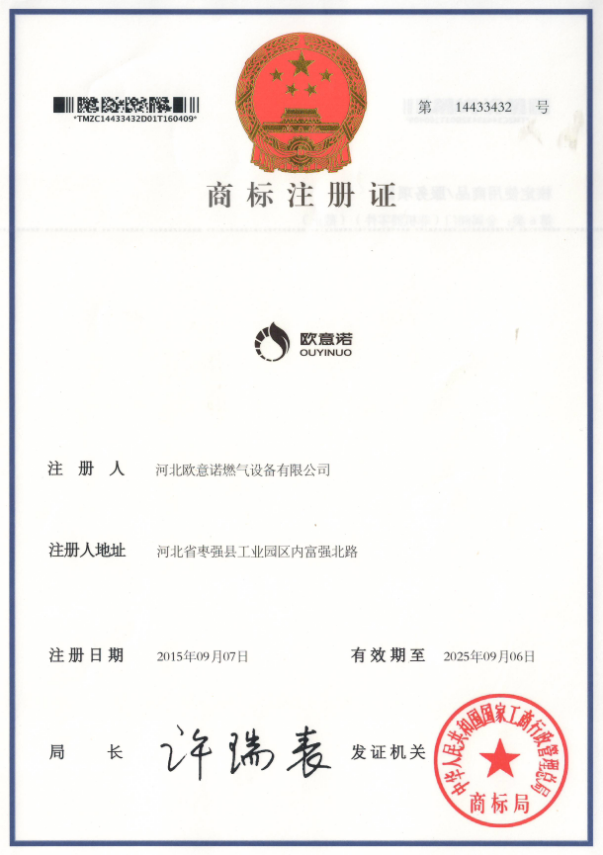
Sep . 29, 2024 02:13
Back to list
Natural Gas Safety Valve for Enhanced Protection and Efficiency
Understanding Natural Gas Safety Valves
Natural gas is a vital energy source used in homes and industries around the world. While it offers convenience and efficiency, it also presents certain risks, making safety a paramount concern. One critical safety feature in natural gas systems is the safety valve, often referred to as a relief valve or safety relief valve. This device plays an essential role in preventing accidents and ensuring the safe use of natural gas.
.
The importance of these valves cannot be overstated. In residential settings, for example, safety valves are typically installed in gas meters and appliances such as water heaters and stoves. They ensure that if there is a malfunction or blockage in the system, the pressure can be relieved safely. In industrial applications, where larger volumes of gas are handled, robust safety valve systems are even more critical to protect workers and facilities from catastrophic failures.
صمام أمان الغاز الطبيعي

Regular maintenance and inspections of safety valves are essential to ensure their proper functioning. Over time, these valves can become clogged, corroded, or otherwise compromised, potentially leading to failures when they are most needed. Homeowners and facility managers should prioritize routine checks and replacements as part of their overall safety plans.
Public awareness about natural gas safety is equally important. Individuals should be educated on the signs of gas leaks, which may include a distinctive odor, hissing sounds, and dead vegetation around pipelines. Knowing how to respond—such as evacuating the area and contacting emergency services—can save lives.
In summary, safety valves are a crucial component of natural gas systems, providing a necessary safeguard against the dangers associated with gas pressure. Their proper maintenance and the public’s understanding of gas safety can significantly mitigate risks, ensuring that natural gas remains a safe and reliable energy source for everyone.
Latest news
-
Safety Valve Spring-Loaded Design Overpressure ProtectionNewsJul.25,2025
-
Precision Voltage Regulator AC5 Accuracy Grade PerformanceNewsJul.25,2025
-
Natural Gas Pressure Regulating Skid Industrial Pipeline ApplicationsNewsJul.25,2025
-
Natural Gas Filter Stainless Steel Mesh Element DesignNewsJul.25,2025
-
Gas Pressure Regulator Valve Direct-Acting Spring-Loaded DesignNewsJul.25,2025
-
Decompression Equipment Multi-Stage Heat Exchange System DesignNewsJul.25,2025

